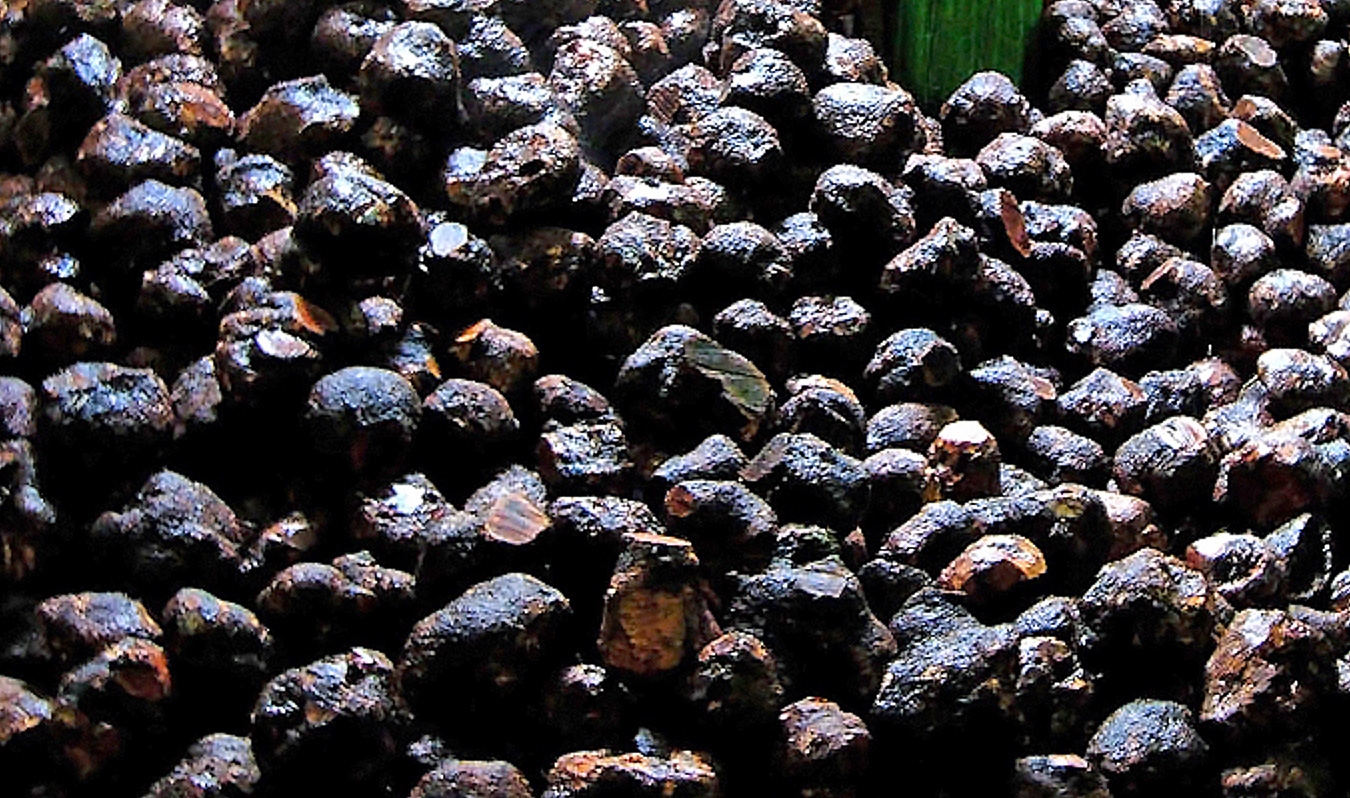
The use of this website is reserved for visitors who are adults according
to the legal provisions of their respective country.
Can a new, undefined, unknown but innovative object be suitable for export? In a few reports (between 1856 and 1857) in Saint-Paul’s Situation Industrielle some indications of this appear on “shipments abroad” that most likely concern briar pipes. Jules Ligier’s account is more explicit, which appeared in part I of this story, in which he states that the first pipes produced in Saint-Claude (1858) by François Gay also...
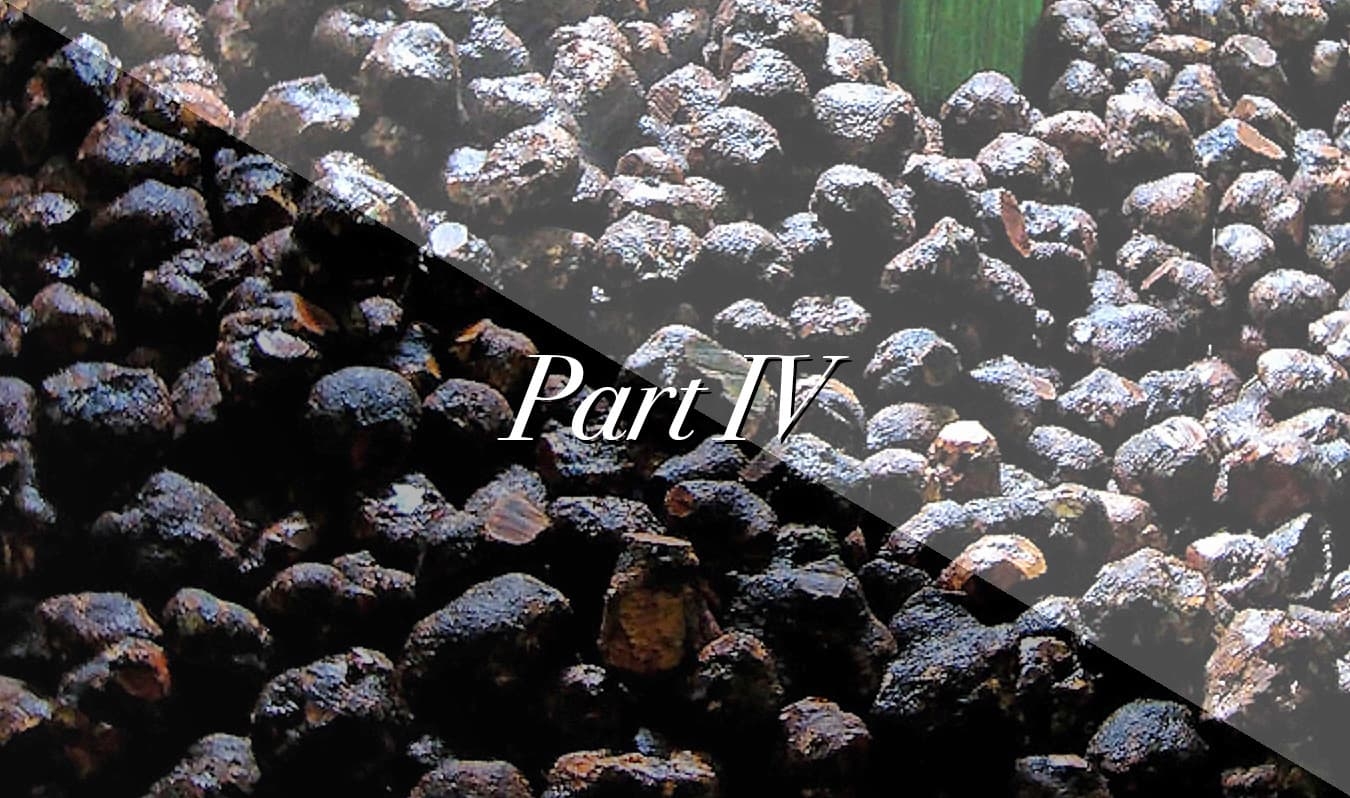
We are thrilled to share with you a special article that introduces us to a one-of-a-kind initiative: the Accademia della Pipa. This extraordinary place represents the beating heart of the art of the pipe, where expert pipemakers share their precious knowledge with other craftsmen to perfect their skill and passion. Al Pascià will select and present the best creations that will take shape from the various artisans who participate in the...

Everything began at the ‘precise’ moment when a dry leaf of a certain plant caught fire and was inhaled by someone. A fortunate act, a chain of chance events and a series of coincidences that can only be imagined, thus no precise indication can be given. Then the pipe appeared, giving rise to a long, adventurous journey through materials, technologies and shapes. From natural materials, more or less modified natural materials, natural...
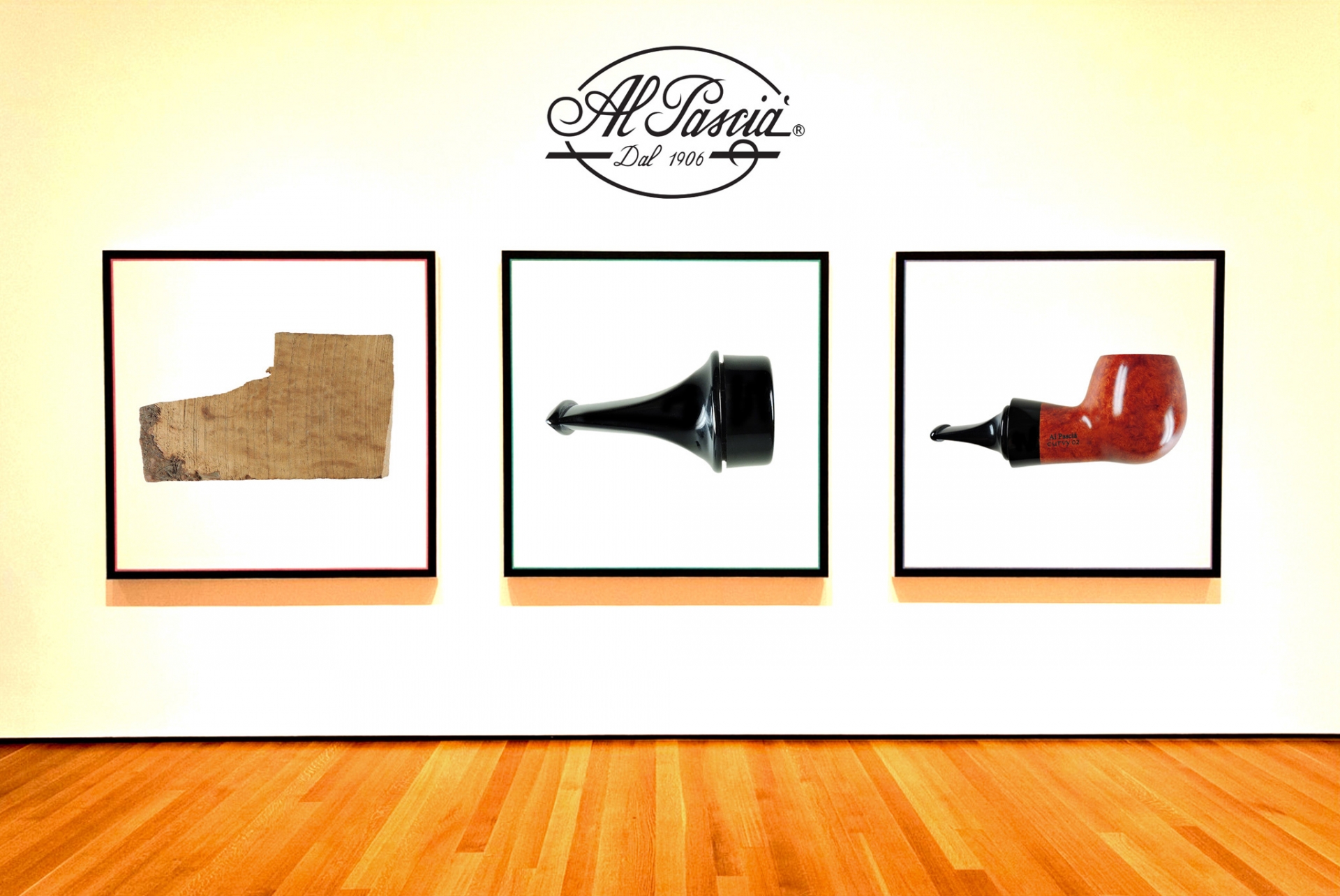
Archives départementales des Pyrénées Orientales cote 6M741 At the top, general information: Département des Pyrénées Orientales; Situation Industrielle; Commune de S. Paul; 3me trimestre 1856. In the middle: a table that occupies most of the sheet. At the bottom the name of the municipality (Saint-Paul), date (le 16 octobre 1856), and the signature of Henri Busquet, the mayor. The reports on the “industrial...
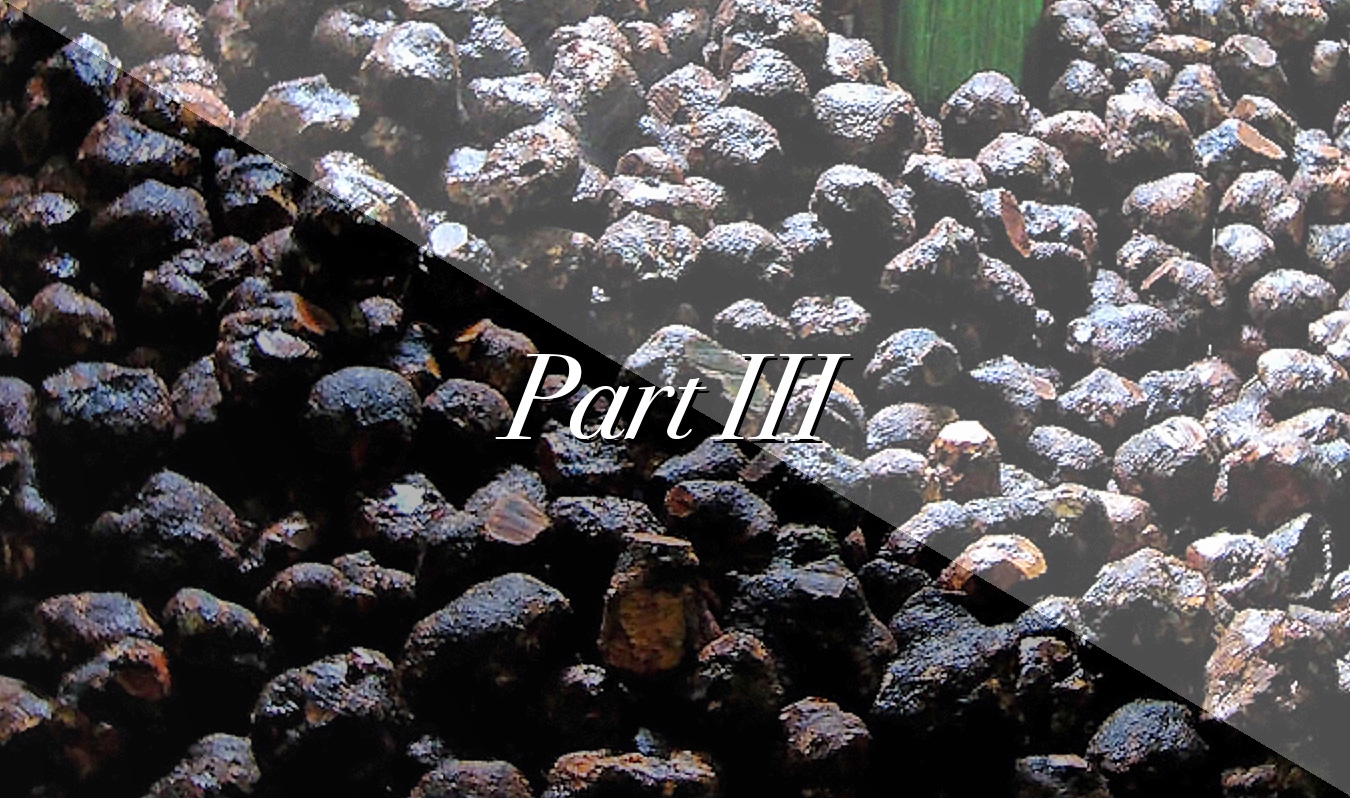
To begin with, it is worth making a list of some details (especially dates) taken from the accounts set out in Part I, adding further details from other sources. -ca.1843 Louis Abram: Mr Bougnol, known as Andrivet (from Saint-Paul de Fenouillet) met a shepherd that was smoking a briar pipe; in a short time he produced ebauchons and finished pipes. -1849, Paul Émile Poitras: F. Vassas discovered that in the Pyrenees and...
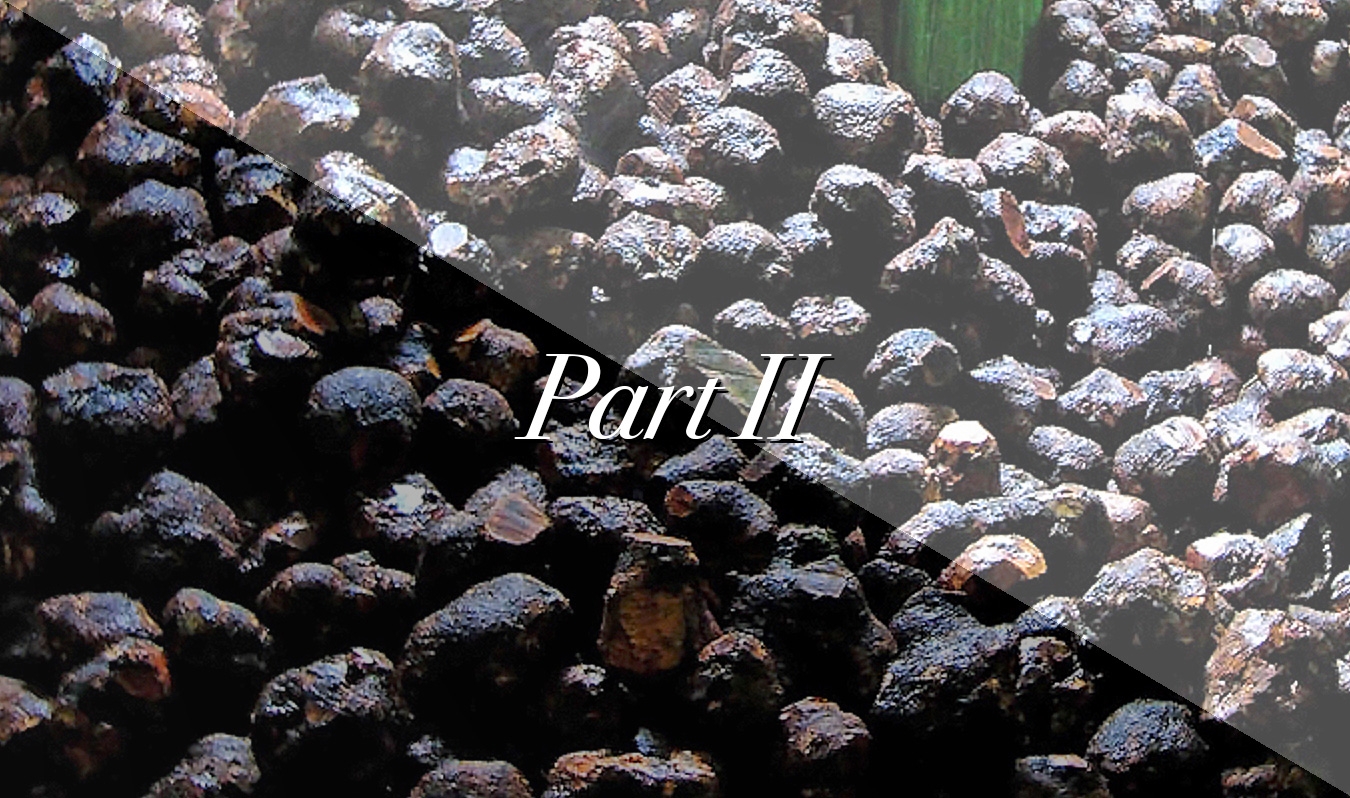
Ultimately, it was all a question of the vultures, and interpreting their flight. Romulus won and started to dig trenches for the city walls with his plough. However, Remus leapt over the trench and Romulus, outraged, killed him with his sword. This is why Rome is called Rome and not Remuria, according to Titus Livius, the Roman historian. We are often unaware of the importance of an event at the time it occurs, and as at that time...
